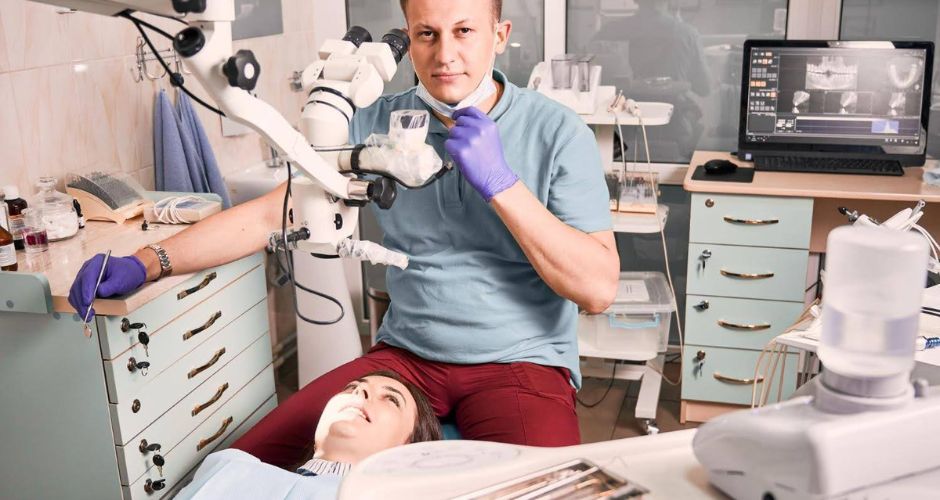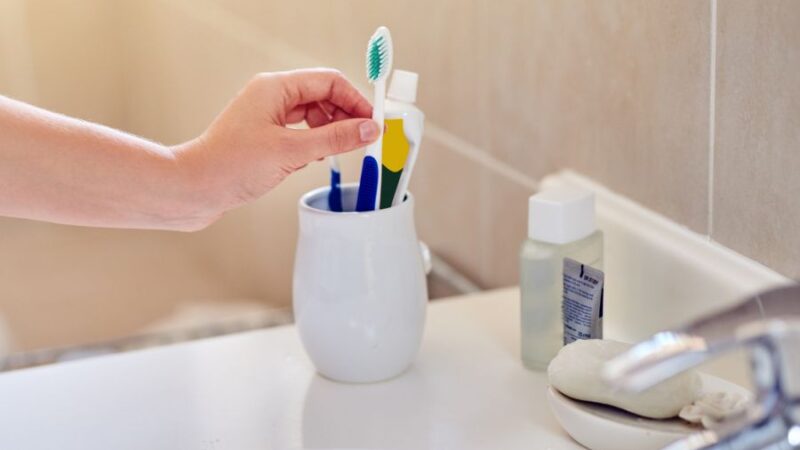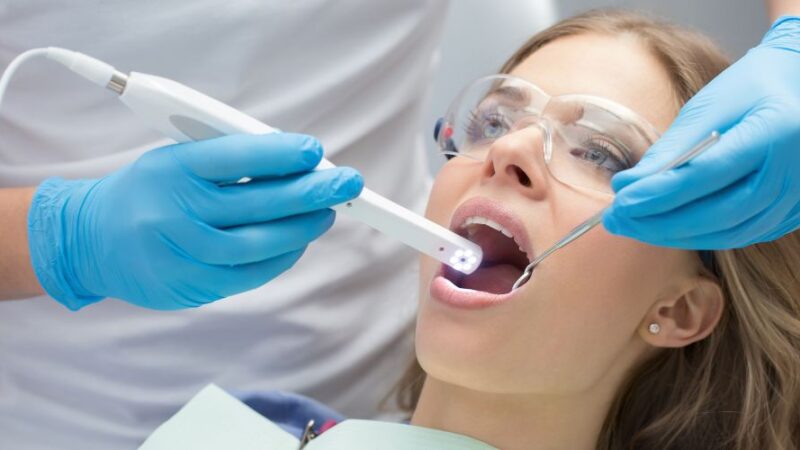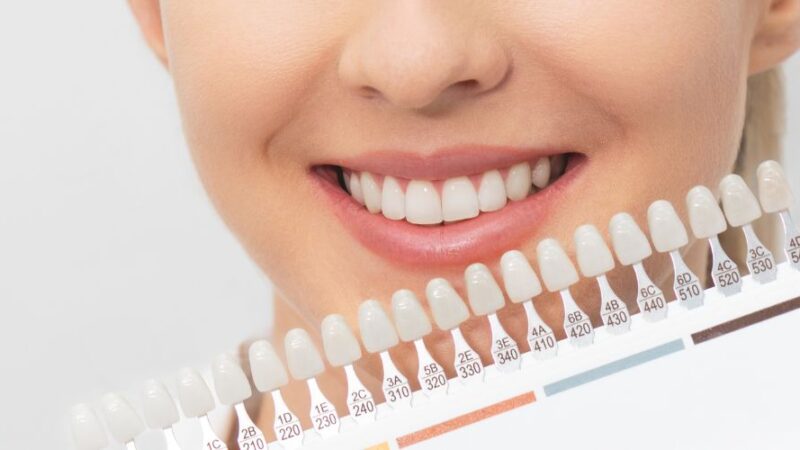Role and Varieties of Dental Rongeurs in Modern Dentistry

Dental rongeurs are an important surgical instrument used in various dental procedures. These instruments are designed to cut and remove hard tissues such as bone during surgeries.
These rongeurs feature a unique design that assists dental professionals in appropriately treating oral health illnesses.
History of Dental Rongeurs
The use of rongeurs dental dates back centuries, with their origins rooted in early surgical practices. With time, these instruments have evolved significantly, with advancements in materials and design enhancing their functionality. The exact origin of dental ronguers remains somewhat shrouded in the mists of history.
Since we don’t have a single inventor or exact date, All we can do is appreciate the contribution of various historical figures and technological advancements and innovations that shaped this instrument’s importance in dentistry.
Importance of Dental Rongeurs in Dentistry
Rongeur dental instruments are vital in modern dentistry, helping dentists perform complex procedures precisely and efficiently. Their ability to remove hard tissues accurately contributes to successful outcomes in various dental surgeries.
Dentists use this flexible instrument to treat oral bone-related issues. This is especially relevant in cases where the extraction involves removing a portion of the surrounding tooth bone to facilitate the extraction of impacted teeth.
How Dental Rongeurs Are Used in Dental Procedures?
Dental rongeurs operate on a simple yet effective principle. The instrument features sharp, curved blades that grasp and remove tissue. The blades close by applying force to the handles, cutting through the targeted tissue precisely. This mechanism allows dentists to perform delicate procedures efficiently.
Rongeur Dental is utilized in a wide range of dental procedures, including:
- Tooth Extractions: Rongeurs help remove impacted or damaged teeth by cutting through bone and tissue.
- Bone Reshaping: They reshape and contour bone during dental implants or orthognathic surgeries.
- Cyst Removal: Rongeurs aid in removing cysts or benign growths from the jawbone.

Types of Dental Rongeurs in Dentistry
Dental rongeurs come in several types, each tailored to specific procedures and preferences:
- Standard Rongeurs: These are the most common dental surgical instruments, featuring a standard design suitable for various procedures.
- Micro Rongeurs: Specially designed for delicate surgeries, micro rongeurs have smaller tips for precise cutting in confined spaces.
- Kerrison Rongeurs: These rongeurs have a unique hinge mechanism that allows for angled cutting, making them ideal for spinal and cranial surgeries.
These are just general categories. Each type has numerous variations and modifications to cater to diverse surgical needs. Based on the specific requirements of each procedure, selecting the appropriate rongeur is a decision made by a dental professional.
Maintenance and Sterilization of Dental Rongeurs
Proper sterilization of dental instruments is essential to prevent cross-contamination and ensure patient safety. After each use, rongeurs undergo thorough cleaning and sterilization processes, following industry standards and guidelines.
Cleaning
Rongeurs dental instruments should be thoroughly cleaned to remove any remaining tissue, blood, or debris after every use. Use an enzymatic detergent and soft-bristled brush to thoroughly clean the instrument’s surfaces, taking care of the jaws and handles. To get rid of any residue detergent, rinse the rongeurs under water.
Inspection
Examine the rongeurs for signs of wear or damage. Verify the instrument’s functioning properly and check the jaw’s alignment. Any damaged or malfunctioning rongeurs should be replaced or repaired immediately to maintain performance and safety.
Sterilization
Before every use, dental surgical instruments need to be sterilized to get rid of bacteria and avoid cross-contamination. Pay attention to the manufacturer’s recommended sterilization procedures, which usually call for chemical or autoclaving.
- Autoclaving: Place the dried and cleaned rongeurs in trays or sterilization pouches. To preserve sterility, make sure the bags are correctly sealed. Observe the temperature, pressure, and sterilization cycle duration guidelines provided by the autoclave.
- Chemical sterilization: If autoclaving is unsuitable for the rongeurs, chemical sterilization methods such as immersion in high-level disinfectants can be used.
Storage
To avoid contamination, sterilize the rongeur dental instrument in a clean environment. Until they are required for use, store them in trays or unique storage spaces to preserve their sterility.
Regular maintenance is essential to prolong the lifespan of dental rongeurs and ensure optimal performance. This includes proper cleaning, lubrication, and inspection for any signs of wear or damage.
Choosing the Right Dental Rongeurs
The type of surgery, the anatomy of the patient, and the surgeon’s preference are some factors that influence the selection of the right rongeurs for a particular procedure. Making well-informed decisions can be aided by speaking with educated dental professionals.
When using rongeurs in their dental practice, dental professionals must have the appropriate training and certification. This guarantees proficiency with surgical methods, instrument handling, and infection control procedures.
Recommended – How to Deal with Dental Phobia or Anxiety?
Patient Safety and Comfort During Oral Surgeries
Ensuring patient safety and comfort is paramount when using dental rongeur instruments. Open communication, thorough preoperative assessment, and adherence to best practices in surgical procedures contribute to positive patient experiences.
Risks of using Rongeurs Dental without proper guidance can lead to the potential for tissue trauma if misused. There is also a significant chance of infection if not adequately sterilized.
Conclusion
Dental rongeurs are indispensable in modern dentistry, facilitating precise tissue removal and enhancing surgical outcomes. To deliver quality patient care, dental professionals must understand their functionality, types, and proper usage.
If you are looking for high-quality dentistry instruments, then check out GerDentUSA. They provide a wide range of dental instruments manufactured with German stainless steel. In addition, their ergonomic tools are lightweight, and you can operate them efficiently.
FAQs
Q1. Can dental rongeurs be used in pediatric dentistry?
While they are primarily designed for adult procedures, certain rongeur dental may be suitable for pediatric surgeries.
Q.2 Are there any alternatives to rongeur dental use?
Yes, alternative instruments such as chisels or osteotomes may be used for similar purposes, depending on the specific procedure.
Q.3 How often should dental instrument rongeurs be inspected for maintenance?
Instruments should be inspected before and after each use and during routine maintenance intervals.
Q.4 What safety measures should be taken when using dental rongeurs?
Safety measures include proper instrument handling, infection control protocol adherence, and clear communication with the surgical team.






